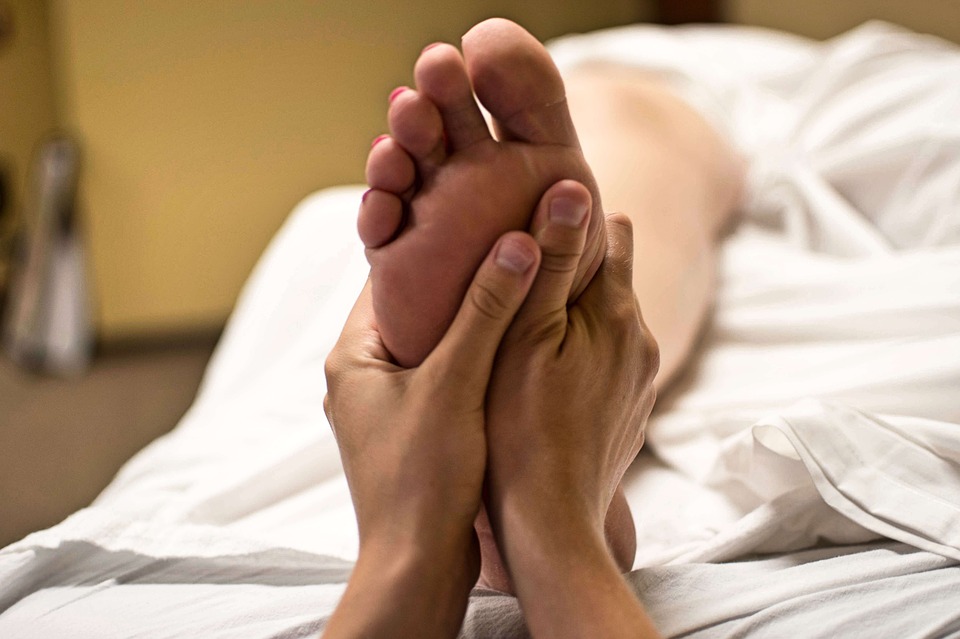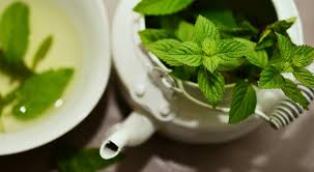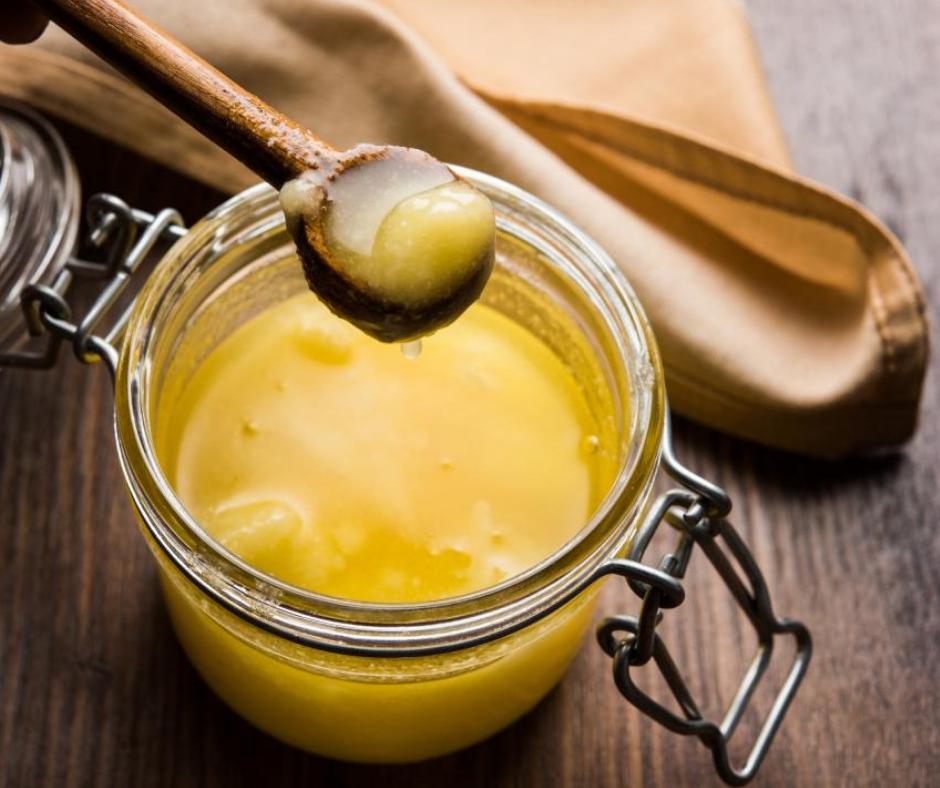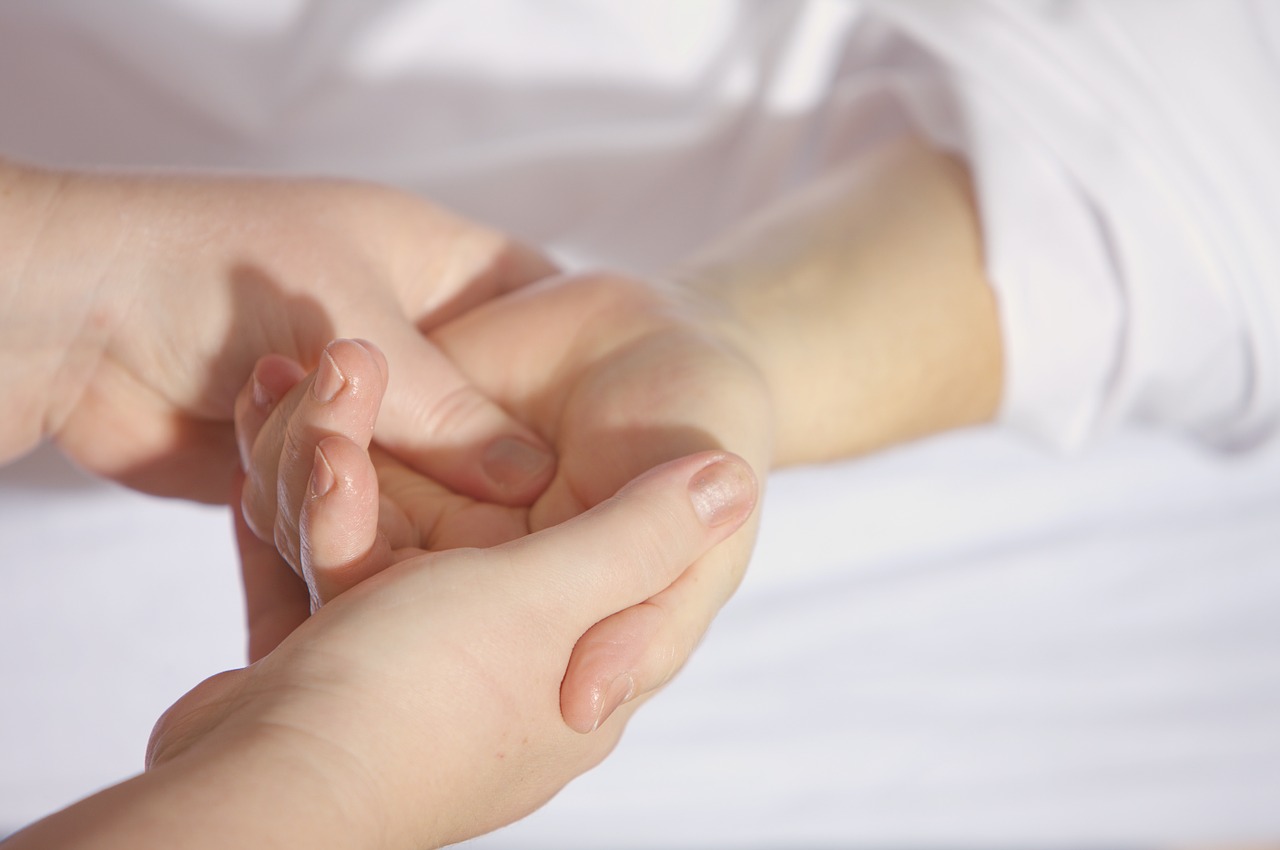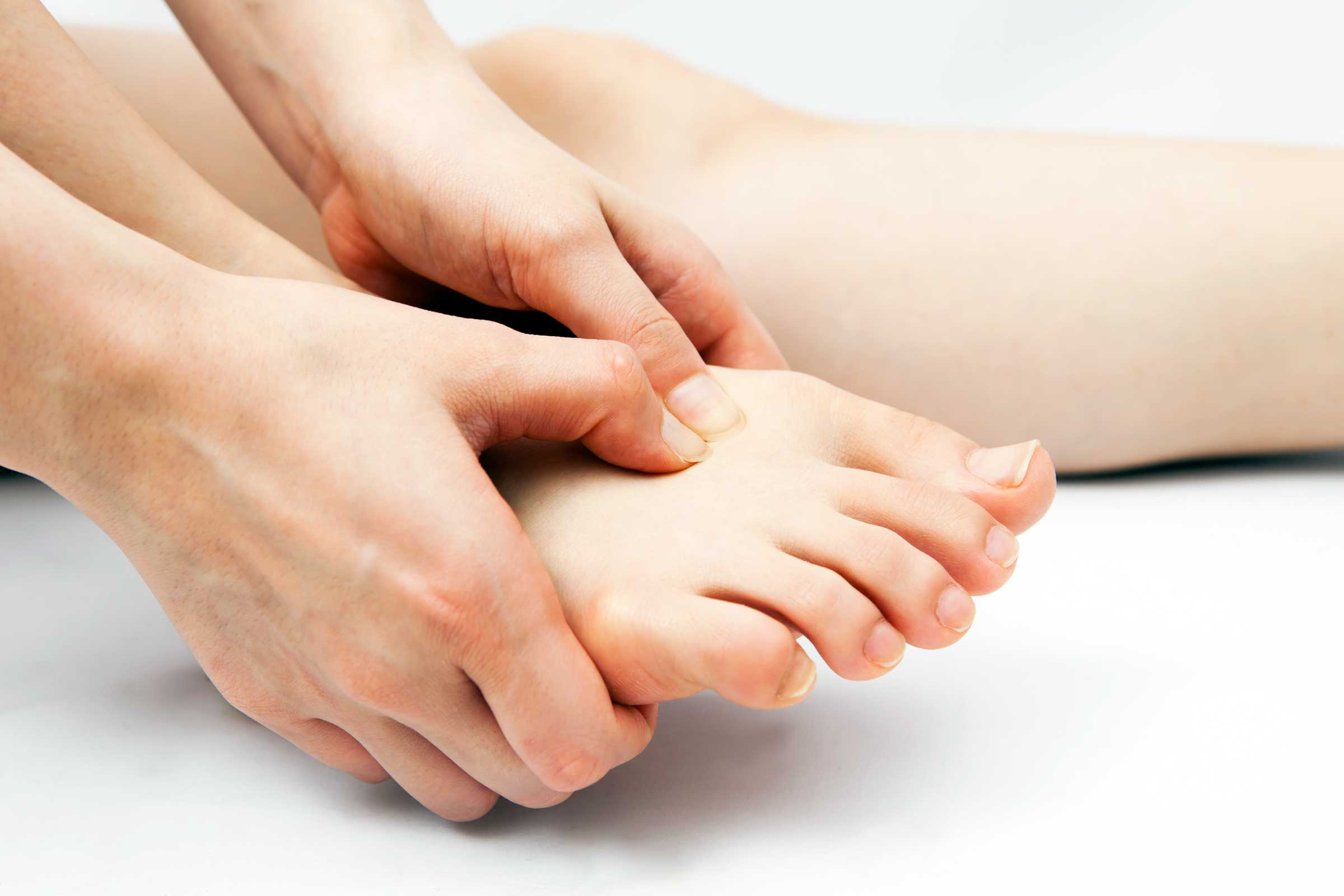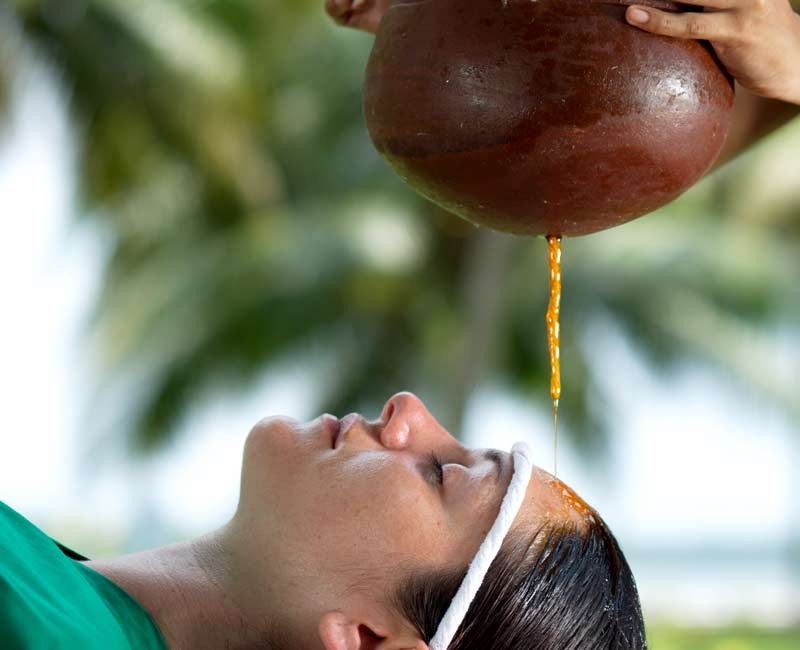Ancient Indian healing methods refer to the feet as the windows to our body and mind. Our feet have the answers to most of the conditions affecting our mental and physical wellbeing. Since many nerve endings are found on the feet, massages that focus on these smart parts of the body or padabhyangam are indeed extremely popular. Padabhyangam not only helps overcome tired feet and other diseases associated with the feet but also strengthens nerves, reduces stress, and delivers many other benefits. This holistic approach to delivering vitality to the body starts and ends right at your feet. So let’s find out a little more about padabhyangam.
Why is padabhyangam so popular?
Padabhyangam translates to foot massage. This relaxing procedure when performed by expert therapists under the recommendation and overview of an Ayurveda doctor can have miraculous benefits not only for you but also for your entire body. This procedure has multiple benefits and is also an essential part of sarva-abhyangam or whole body massage. Let’s start from the obvious benefits it has on the feet.
Benefits to the feet
Padabhyangam helps in curing cracked, dry, stiff, sore, or tired feet; roughness in the feet, and a whole range of foot diseases. It strengthens the feet and makes it tender.
Retrieving energy balance
Five critical marmas are present in the feet; hence padabhyangam can remove all the negative energy from these marmas, allowing positive energy to flow through the body
Better eyesight
Feet contain critical nerve endings, especially those that contribute to clear eyesight. Hence a warm massage helps improve eye sight
Improve circulation
This procedure also improves blood circulation; hence this procedure is beneficial in case of circulatory disorders too.
Other conditions
Padabhyangam helps in overcoming the foot-related symptoms in case of conditions such as diabetes and arthritis; for example diabetic neuropathy, epilepsy, high BP, etc. Interestingly, this procedure improves digestion too and is critical in rebalancing the three rogas (vata, pitta, and kapha)
Minimizing stress and anxiety
Padabhyangam calms your mind as much as your body and helps in reducing stress and helping in case of insomnia and related sleep disorders, as well as depression, headache, and chronic fatigue. The procedure also improves immunity
The actual procedure
The specific procedure has many variances; however, it commonly has three stages.
Purvakarma
During this preparatory stage, the Ayurveda doctor does a thorough examination of your condition and recommends not just padabhyangam but also the specific oil-based formulation that the therapist has to use. The therapist prepares the oil formulation based on the type of roga and the desired outcome. Base oils or tailams, milk, or ghee are used as the carriers of these herbal medications. Sesame oil, coconut oil, and even sunflower oil are used commonly. Some of these carrier oils also have their own benefits. Hence determining the accurate type and dosage of medication and oil are critical for an effective padabhyangam procedure. This formulation is warmed.
Pradhanakarma
This is the main procedure, where the therapist applies the formulation in oil across the patient’s feet, soles, heel, and ankle, all the way up to the knees. Therapists use different massage approaches, with about 20 minutes taken for each foot. One of the approaches involves using the hand to stroke, massage, and even rub the feet to improve circulation and stimulate free energy flow across the feet. In another related procedure, the purvakarma of preparing the oil-based formulation happens in a kasa bowl, which is made of bronze. The therapists also warm the oils inside this bowl and then use this warm oil for massage. Foot massage also involves removal of toxins by focusing carefully on specific energy points.
Pashchatkarma
After completing the procedure, the therapist removes the excess oil using hot water or salt water dip.
This simple and popular procedure is extremely popular because of the immense benefits that you can derive. However, please do first consult with an Ayurveda doctor before proceeding with the process since each health condition requires a different oil-based formulation and technique.
Contact me for any questions you have about padabhyangam. You can connect with me at http://www.miayurveda.org/ or call me at +91-9444615161.

